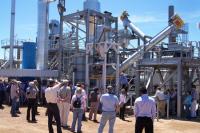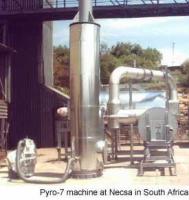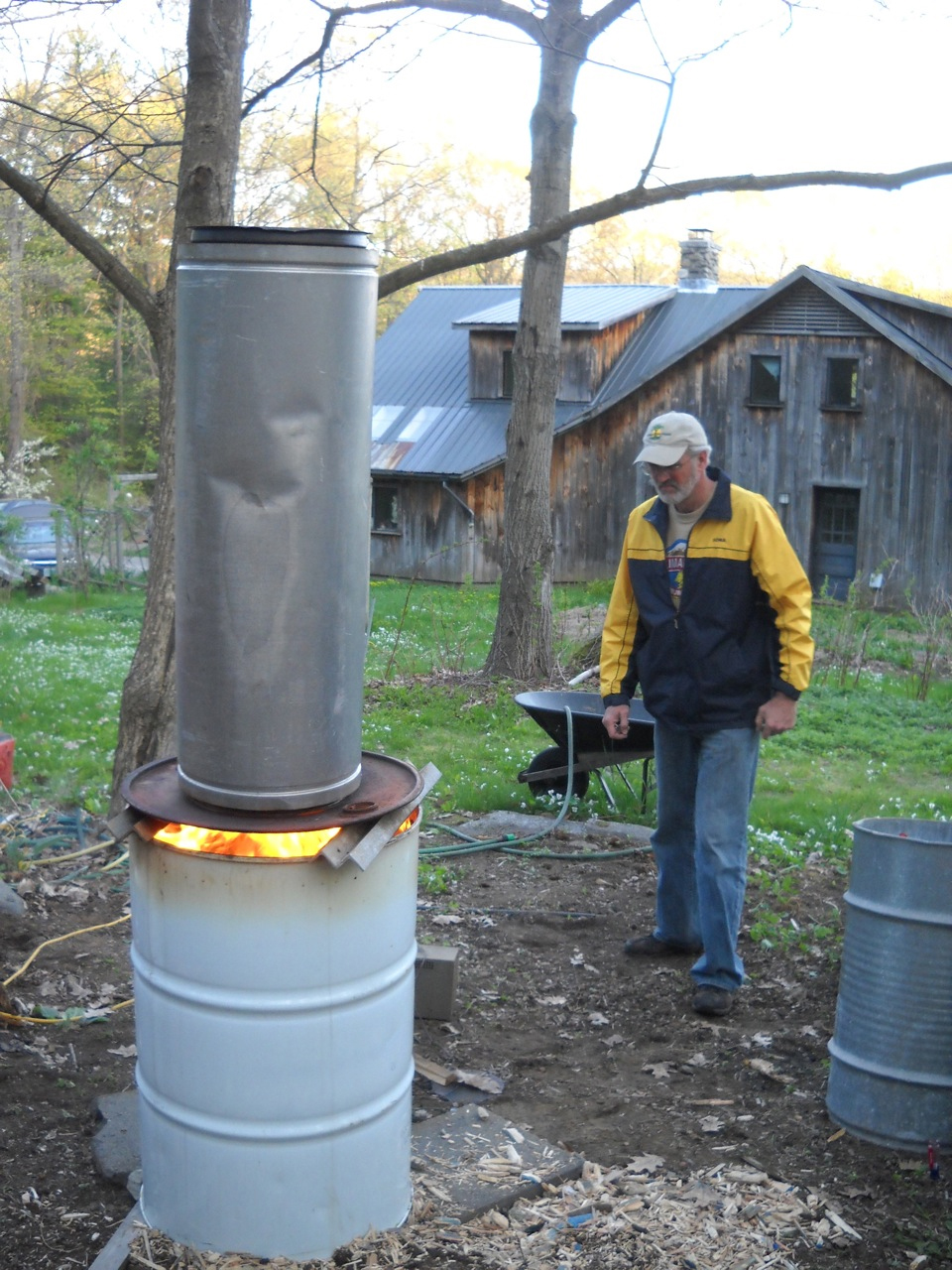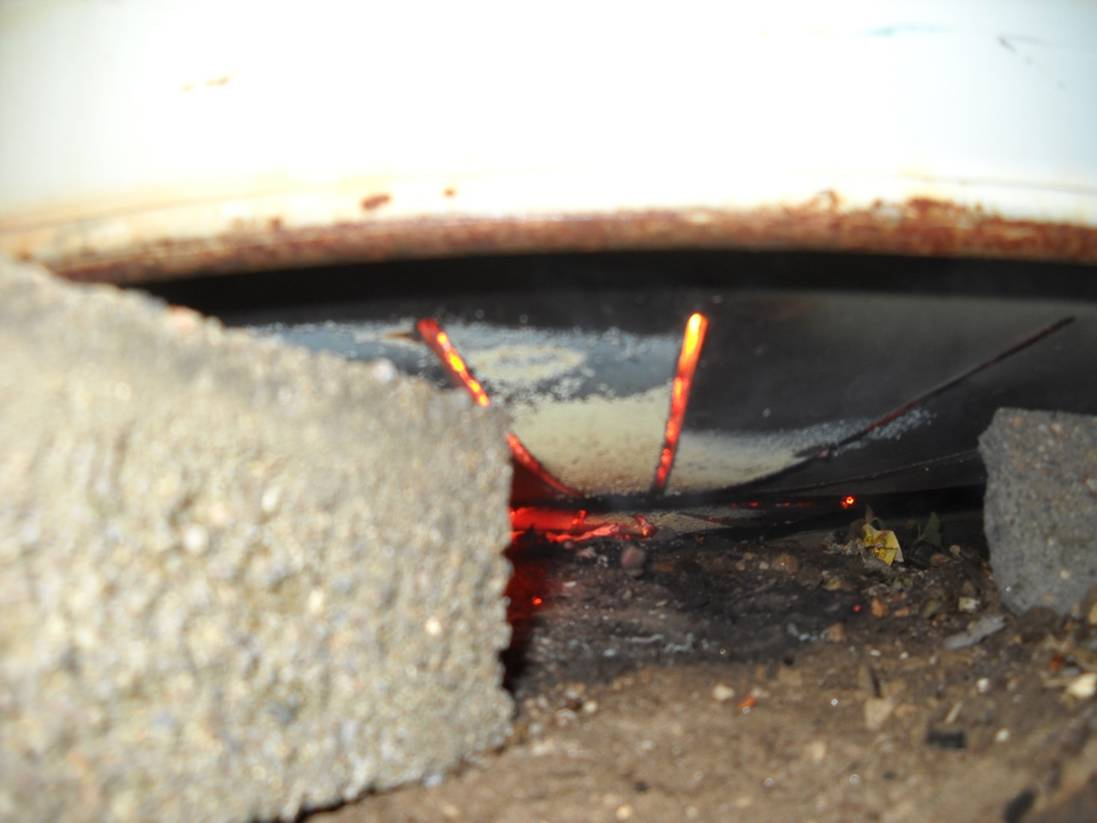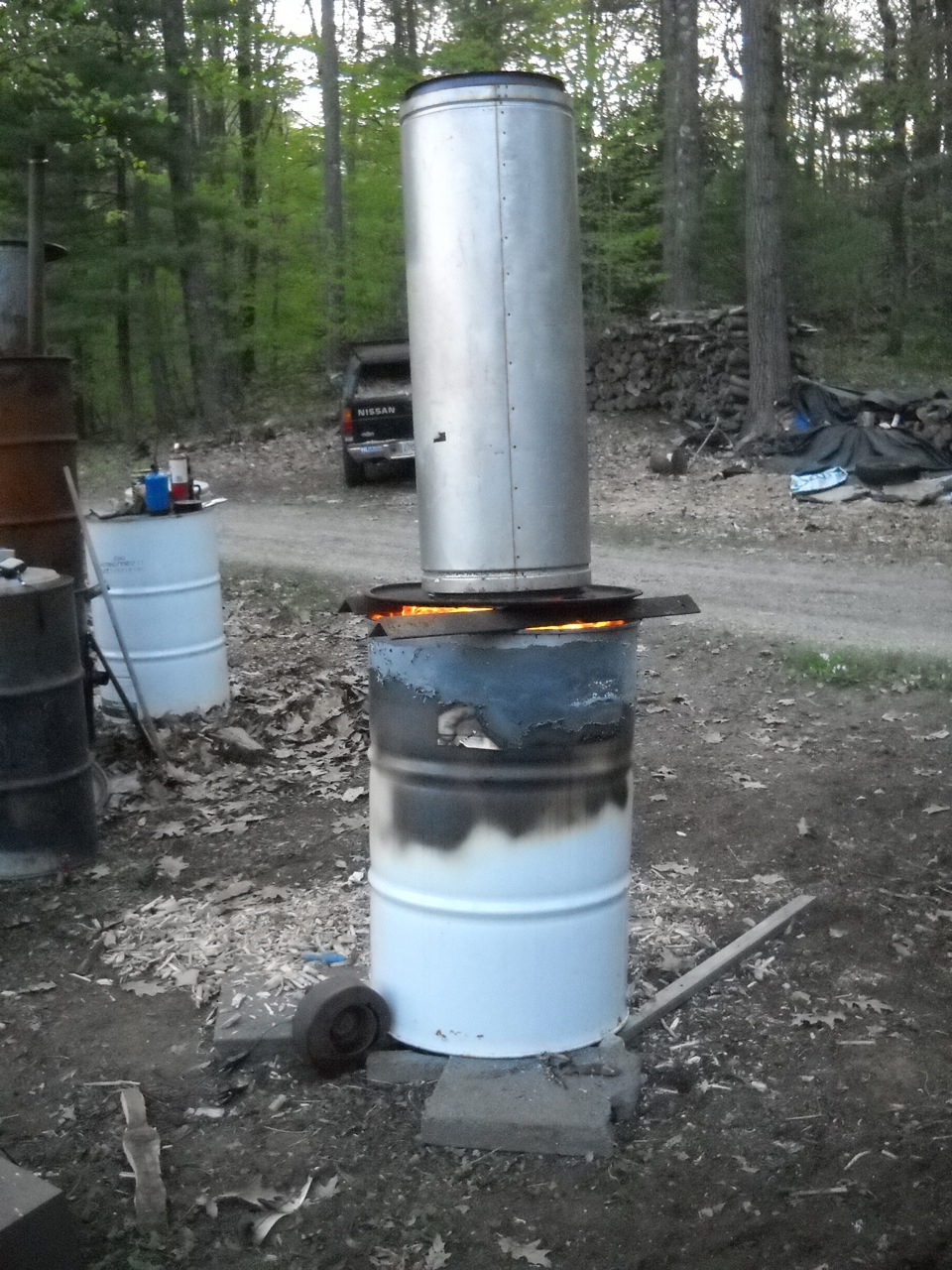Green Charcoal by Pronatura International, France
Two billion people around the world use wood for household energy needs. This contributes significantly to the world's deforestation activities as well as increasing the risk of droughts and desertification. In an attempt to reduce deforestation, Pro-Natura has developed Green-Charcoal.
This technological innovation, using agricultural residues and unused biomass, produces an environmentally friendly and economically competitive alternative to wood and charcoal. It has been awarded the 1st Prize 2002 of the ALTRAN Foundation for technological innovation.
Carbon sequestration is another means of mitigating glbal warming. Reforestation and agroforestry practices allow the excess of carbon dioxide in the atmosphere to be stored in trees and in soil (in the form of organic matter). The consequent revitalization of the soil also improves agricultural productivity. In this field Pro-Natura collaborates with Eco-Carbone.
Pro-Natura International has developed a continuous process of pyrolysis of vegetable waste (agricultural residues, renewable wild-grown biomass) transforming them into green charcoal. This domestic fuel performs the same as
charcoal made from wood, at half the cost. It represents a freeing up from the constraints of scarcity, distance and cost of available fuels in Africa.
The machinery required for the process is of relatively modest scale and functions on practically no outside energy and no emission of toxic fumes, it only takes 8 kW of electric power. When run by two persons, it can produce
more than 4 tonnes of green charcoal a day.
Projects- Brazil: Carvao da biomassa
See Pronatura International web page for documents and links.





